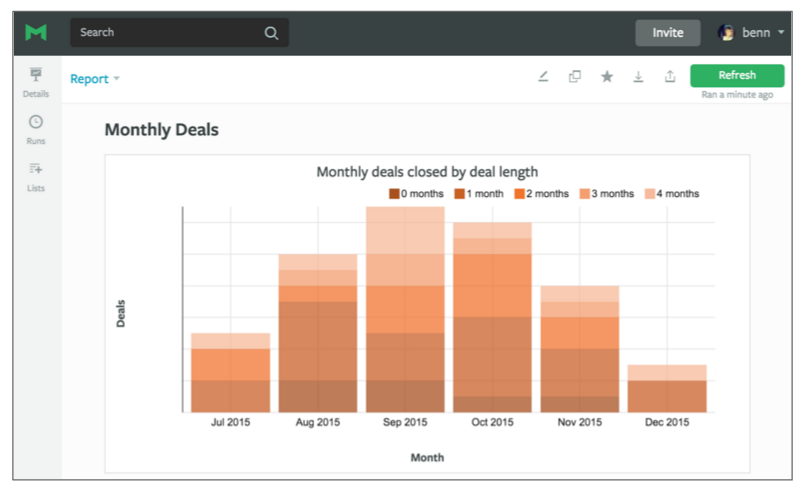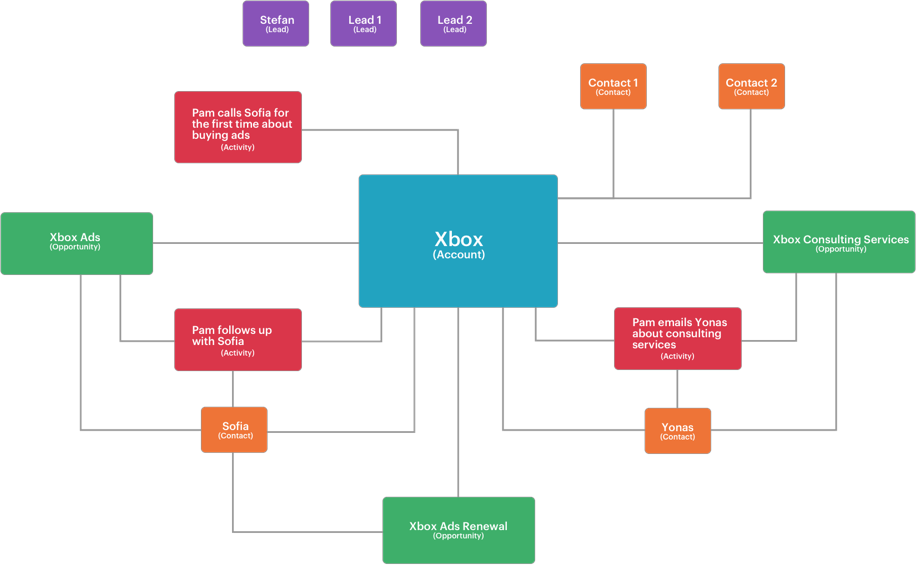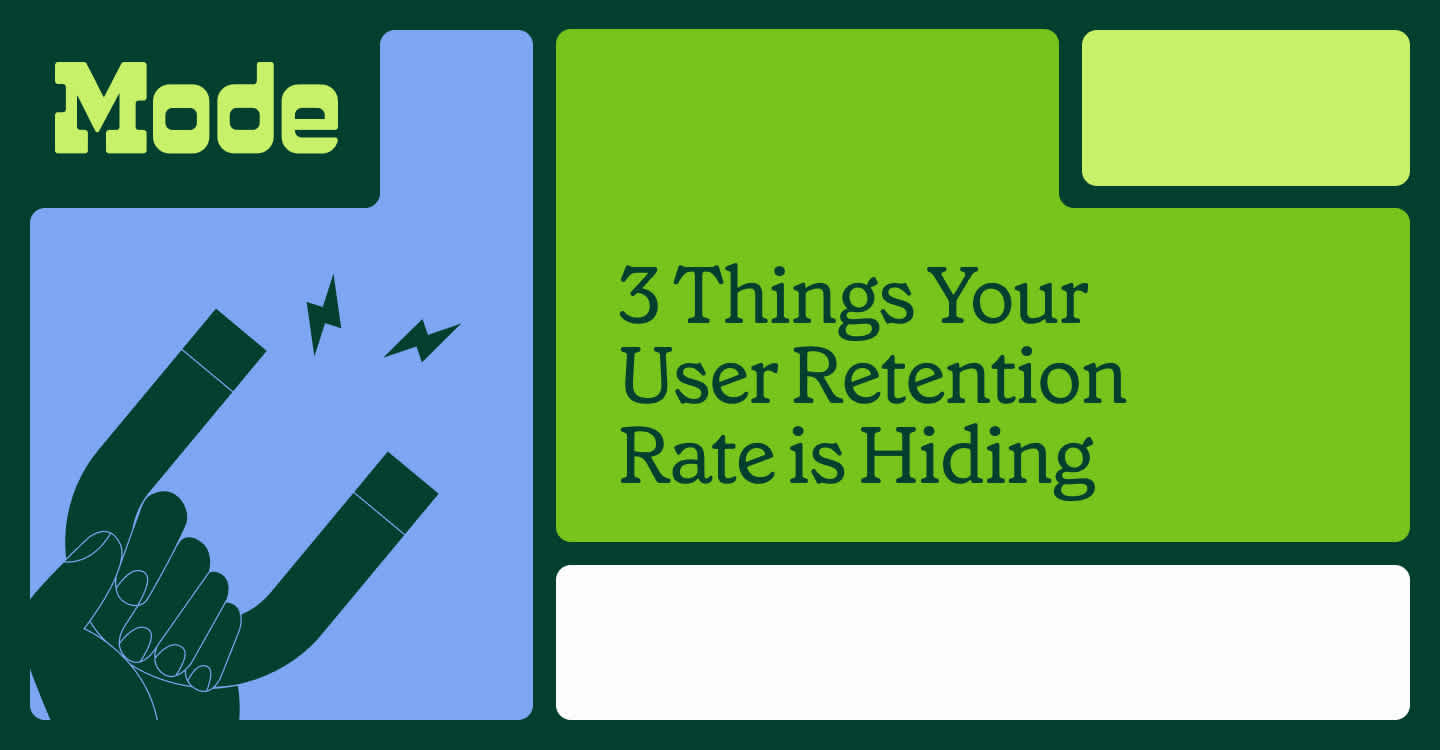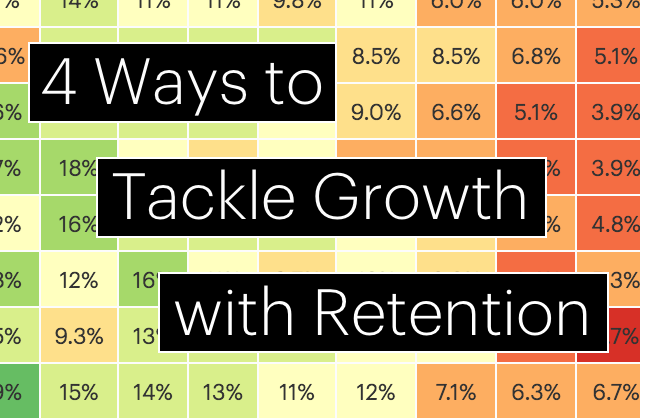Analysis
Analyzing CRM Data? Familiarize Yourself with These 5 Salesforce Objects First
The Salesforce customer relationship management (CRM) tool is your sales organization's second brain. It's a memory bank filled with every detail about every person and company who might want to buy your product. An engaged, well-organized sales organization generates tons of valuable information about your customers as they use Salesforce throughout the course of their workday.
Editor’s picks in Analysis

What Rom-Coms Can Teach Us About User Engagement Strategies
March 9, 2016• 5 minute read
We recently talked about ways to set your customers up to be successful, long-term users of your product. By identifying strong audiences and quickly leading users to their “aha moment,” you can ensure that the right people see the right parts of your product as soon as possible.
But even under the best of circumstances, people drift away. They lose interest. They get distracted by some shiny new thing. They forget about you before your service becomes the habit you want it to become.
For these people, early retention strategies pack no punch. We can't change who these customers are or when they signed up. You can't optimize your signup flow and or new user experience—they've already gone through them. You can't lead users to an aha moment—many of them have already found it.

Benn Stancil
Co-founder & Chief Analytics Officer

How 72 Popular Instagram Photographers Use Color
February 24, 2016• 4 minute read
Yesterday, we explored how brands use colors on Instagram. Today, we're looking at trends in Instagram's early-adopter photographer community.
Melissa Bierly
Content Marketing

Discover New Ways to Explore Your CRM Data with SQL
December 11, 2015• 9 minute read
Anyone who's used Salesforce is familiar with its reporting dashboard. The deal pipeline, the closed deals speedometer, the reps' activities. As companies mature, these dashboards begin to inspire complex questions that the built-in reporting tool just can't support. Salesforce openly admits their limitations. After all, their primary goal is to help you manage relationships with customers.
Melissa Bierly
Content Marketing


